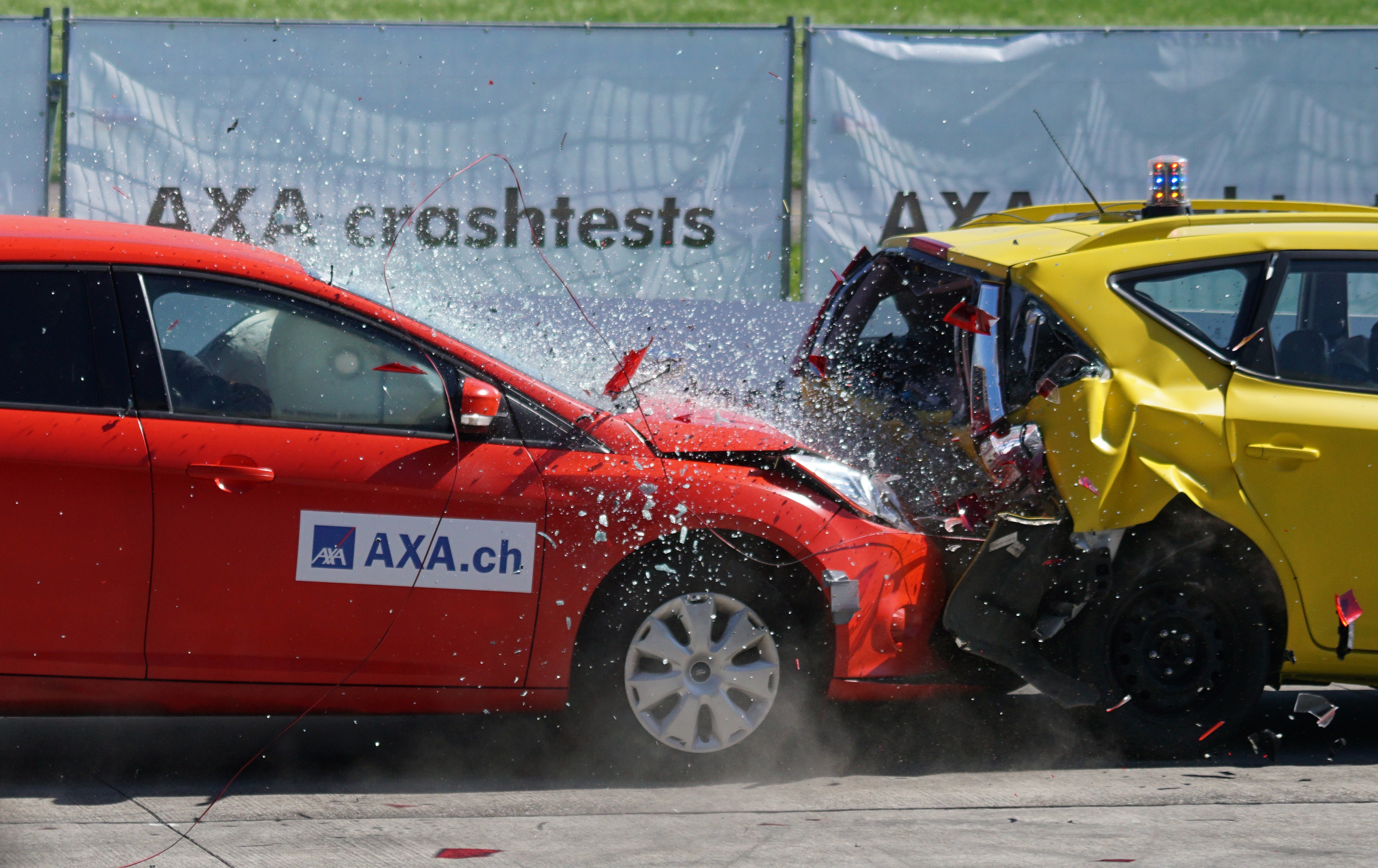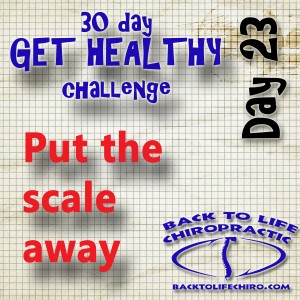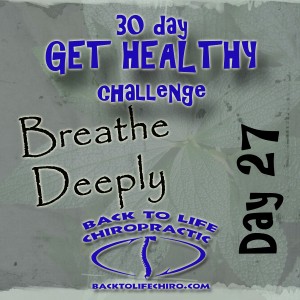I seems like every week I consult with someone who was in a fender bender of some sort. In many cases the resulting bodily injury is minor enough that proper balance can be restored within the scope of a few adjustments. Low speed sideswipes, for example, usually don’t impart major injury. However, if there’s one situation that usually requires some more diligent examination, it’s when you are contacted from behind, even at relatively low speeds.
Whiplash accidents are some of the most common injuries sustained in automobile collisions, but they are also some of the most overlooked and misunderstood.
Let’s take a closer look at whiplash to see why its impact can be felt well beyond the moment of collision.
The Setup

First, let’s consider your position in the car. Nobody drives with their seat back set perfectly upright at 90 degrees. There’s a slight backward recline to the driver’s seat. This is important because when you are hit from behind, even at speeds as low as 10 mph, your body not only gets pushed forward with the car, it also gets driven upward against the seat. Your seat back essentially becomes a ramp that your body slides upward against.
Here’s the important part: While all of this is happening (within milliseconds by the way) your head hasn’t moved yet. Your body is pushed forward of your head. Your body is also pushed upward, compressing the bones in your spine like an accordion. Remember those collapsing dolls that would fall limp when you pressed their base? That’s what happens to your neck during a whiplash injury. As the bones in your neck are compressed together, the supporting soft tissue becomes slack and offers minimal support. Finally, your body’s forward momentum pulls or “whips” your head forward, placing tremendous strain on your neck.
The Result
So you’ve got a couple thousand pounds of car pushing the seat against your back, your body ramps upward compressing your spinal bones together, and your head is about to be whipped violently forward on a disengaged support system. Not a good situation.
Whiplash is a classic sprain/strain injury that typically results in both muscle and ligament damage. The most immediate symptom of whiplash is neck pain, often accompanied by headaches. Left unaddressed, that neck pain can quickly extend into the upper back and eventually even the lumbar spine depending on the severity of the injury. The body is amazingly good at adapting to trauma, so painful symptoms can resolve relatively quickly. But although the pain might subside, structural damage to the neck can persist in the absence of symptoms. Weakened or displaced spinal joints left to fester can result in accelerated disc decay and spinal degeneration.
What to Do
First of all, raise your headrest up an inch or 2. The damage from a whiplash injury is compounded when your body ramps up your seat and your head clears the headrest. At this point, there is nothing to stop your head from lagging behind your body, leaving your neck vulnerable to hyperextension. Elevating your headrest slightly can help to ensure that you still have support for your head even as your body lifts out of your seat.
 Brace yourself if you see an accident coming. I know this is a long shot, but sometimes you do get fair warning of an oncoming impact, whether it’s a glance in your rear view mirror or the screech of tires behind you. If you are lucky enough to get some advanced warning, probably the most helpful thing you can do is to quickly put your head back against the headrest. Doing so will keep your head supported in the event of an impact and eliminate the head lag that sets up the violent whipping action of the neck.
Brace yourself if you see an accident coming. I know this is a long shot, but sometimes you do get fair warning of an oncoming impact, whether it’s a glance in your rear view mirror or the screech of tires behind you. If you are lucky enough to get some advanced warning, probably the most helpful thing you can do is to quickly put your head back against the headrest. Doing so will keep your head supported in the event of an impact and eliminate the head lag that sets up the violent whipping action of the neck.
Get your spine checked as soon as possible after an accident. Remember when you used to see people walk around for weeks after an accident wearing a cervical collar? We don’t see that anymore. Unless there is sufficient neurological damage to warrant immobilizing the spine, doing so will contribute to muscle stiffness and decreased joint mobility. The sooner after an accident you can mobilize tight joints and muscles, the better your odds at an accelerated recovery. Think of it as sculpting with clay. You only have so much time to mold it until it stiffens into position. Once it does, it becomes much harder to work with.
Don’t make the mistake of getting just enough care to get you out of pain. If an accident results in tissue damage and structural misalignments, be sure to see it through to correction to minimize the possibility of any future complications.
Odds are you will be involved in at least one auto accident in your lifetime. How you address your injuries afterward can mean the difference between an inconvenience and a chronic struggle with your health.
Be Your Best,



